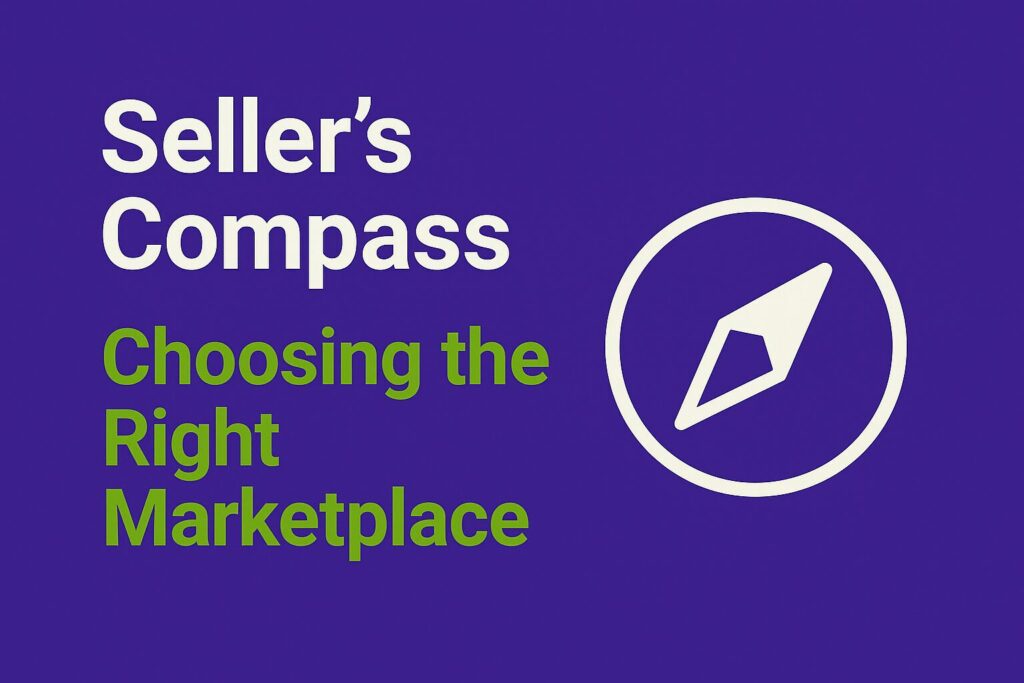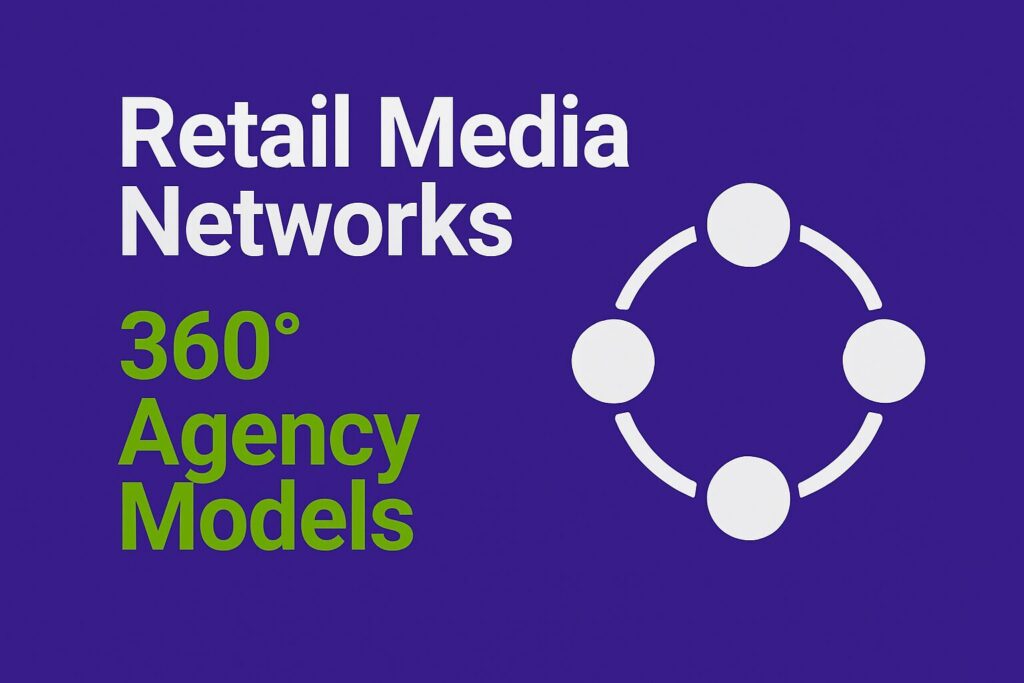Navigating today’s marketplace landscape requires clarity. In 2025, there are dozens of platform types—each with its own rules, fees, and customer base. This Marketplace Atlas breaks down the essentials so you can confidently choose the right route:
- Open vs Closed Marketplaces
- C2C, B2C, and B2B Business Models
- Generalist, Vertical, and Niche Categories
By the end, you’ll know exactly where your brand fits. Need a primer on why marketplaces matter? Start with Article 1: Marketplace 2025 – Why Sell on a Marketplace and How to Start.
1. Open vs Closed Marketplaces
Open Marketplaces
Anyone can register and sell.
Examples: Amazon, eBay
- Pros: Easy entry, massive traffic
- Cons: Heavy competition, limited brand control
Closed Marketplaces
Access is limited—either invitation-only or via a vetting process.
Examples: Farfetch (curated fashion), Alibaba Business
- Pros: Curated sellers, premium positioning, buyer trust
- Cons: Entry barriers, stricter compliance
Decision tip: Need fast exposure? Start with an open marketplace. Want prestige and quality control? Opt for a closed platform.
2. C2C, B2C & B2B Business Models
C2C – Consumer-to-Consumer
Individuals sell to individuals.
Examples: Etsy, Poshmark
- Ideal for hobbyists, upcyclers, and handmade goods
B2C – Business-to-Consumer
Brands sell directly to customers.
Examples: Walmart Marketplace, Zalando
- Best for businesses with product lines and supply chains
B2B – Business-to-Business
Firms sell to other businesses.
Examples: Alibaba, Faire
- Suited for wholesalers, manufacturers, or bulk distributors
According to Statista, B2B e-commerce is projected to exceed $26 trillion by 2027.
Insight: Your chosen model affects pricing, logistics, customer service, and compliance. Make sure your operations align.
3. Generalist, Vertical & Niche Marketplaces
Generalist Marketplaces
Cover a wide product spectrum.
Examples: Amazon, eBay, Mercado Libre
- Broad audience reach, good for general or high-volume sellers
Vertical Marketplaces
Specialize in one category or sector.
Examples: Newegg (tech), Wayfair (home goods)
- Benefits: targeted traffic, specialized tools, higher purchase intent
Niche Marketplaces
Focus on specific product types or customer groups.
Examples: Reverb (musical instruments), The RealReal (luxury resale)
- Lower competition, loyal user base, and better margins
Marketplace Map:
| Category | Examples |
|---|---|
| Generalist | Amazon, eBay, Mercado Libre |
| Vertical | Newegg (tech), Wayfair (home), Etsy |
| Niche | Reverb (music), The RealReal (luxury) |
Strategy tip: Your catalog and target audience should guide your category choice. Each type demands unique marketing and fulfillment strategies.
Conclusion & Next Steps
You now have a clear understanding of the major marketplace variables:
- Open vs Closed
- C2C, B2C, B2B
- Generalist, Vertical, Niche
Select two or three marketplaces that best align with your brand’s operations and goals. If you’re ready to dive deeper into costs and performance, continue with Article 3: 7 Competitive Levers—Marketplace Pros & Cons.
Senior E-commerce & Retail Media Leader with 8+ years across Amazon and leading marketplaces. Focus on full-funnel strategy, programmatic retail media, and international media governance. Sharing frameworks and operating models for growth.



